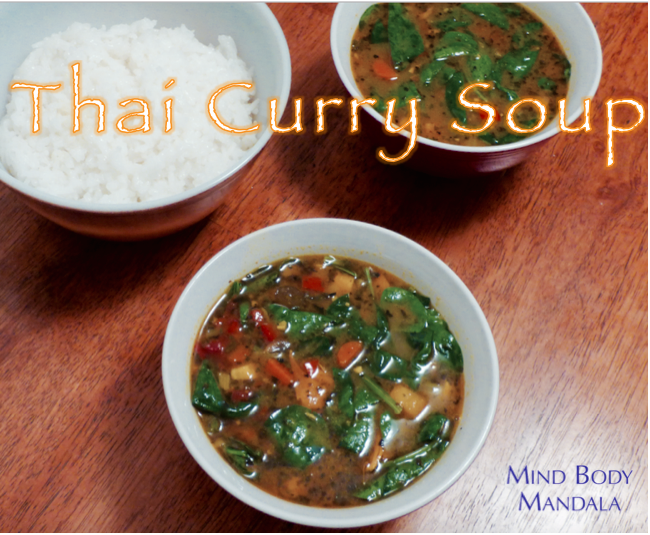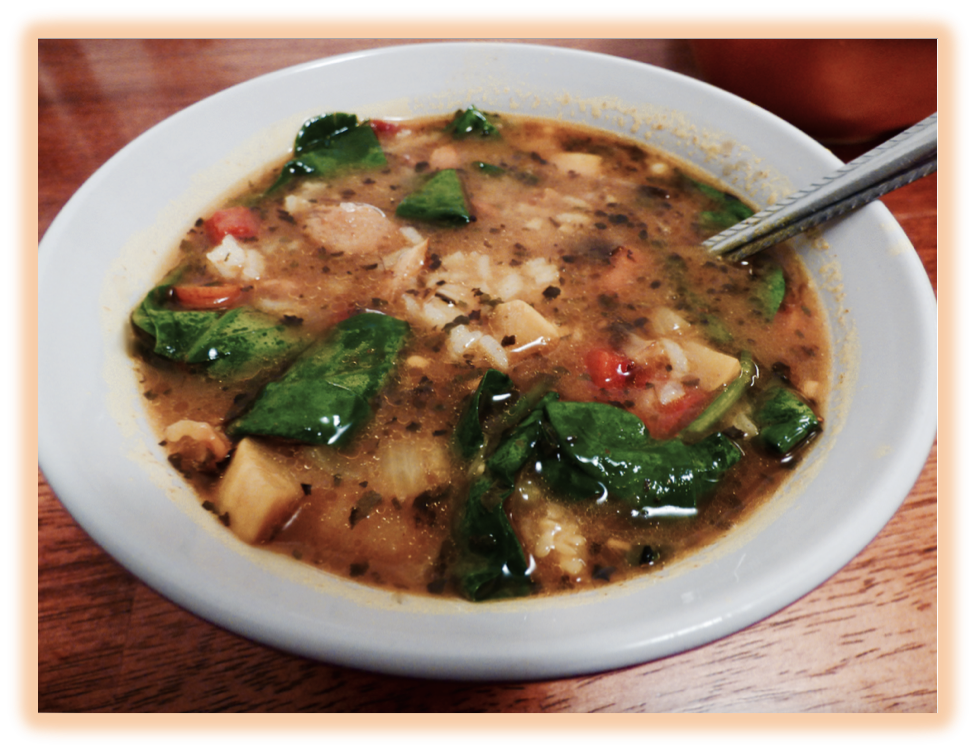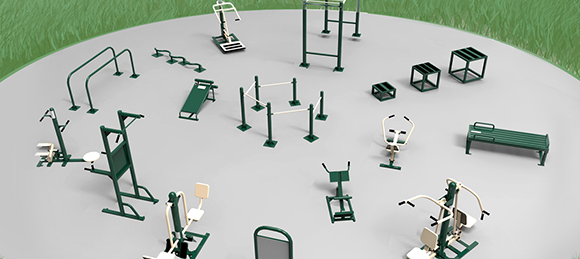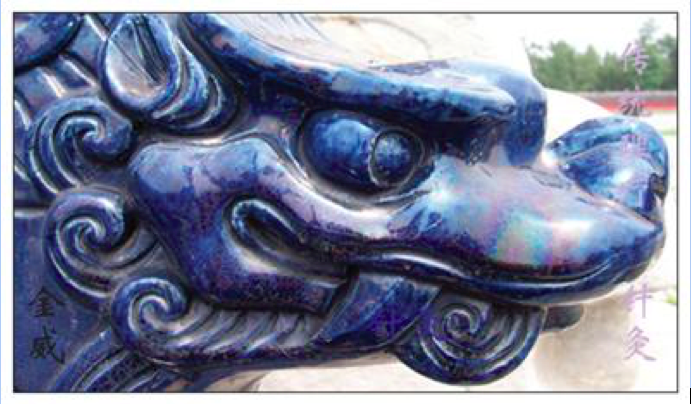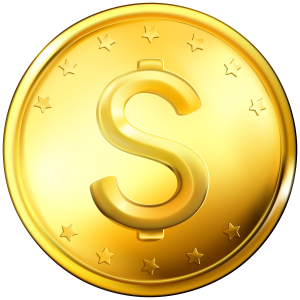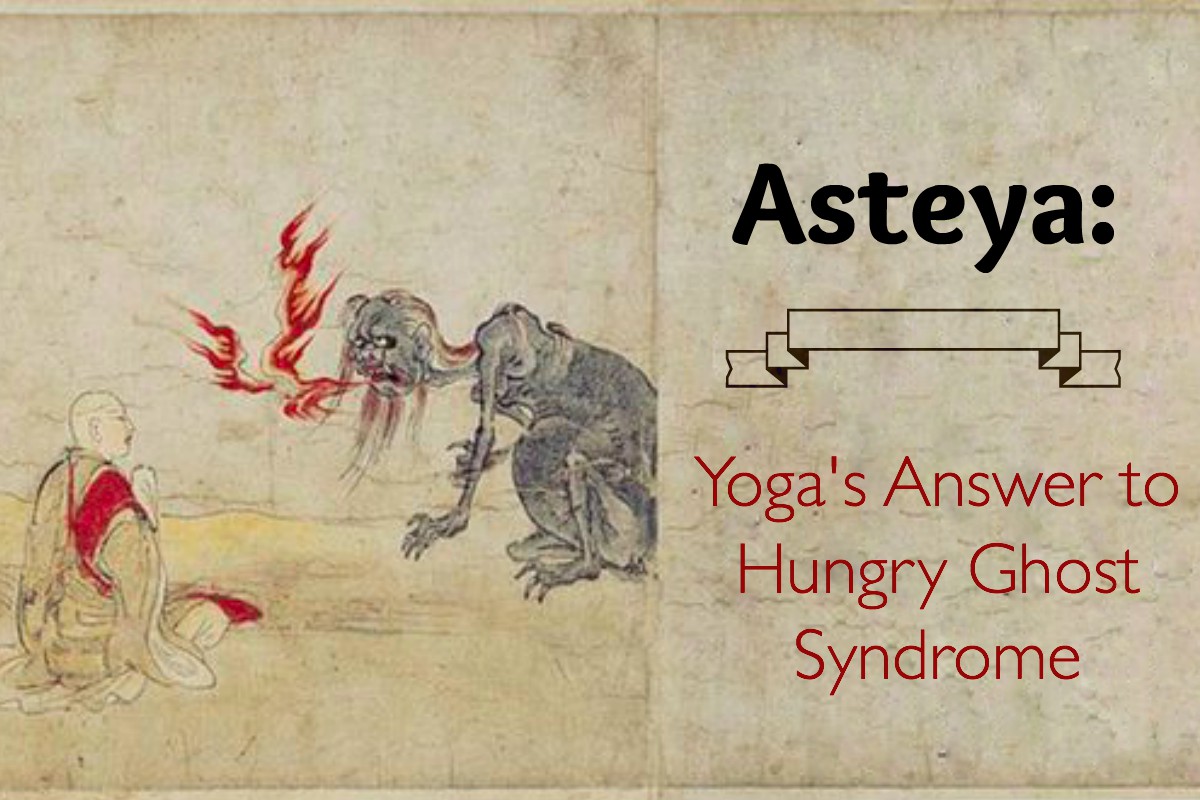 I met a hungry ghost at a dinner party. I know the type, but had never met one who was so far gone. We had an eye opening conversation that got me thinking.
I met a hungry ghost at a dinner party. I know the type, but had never met one who was so far gone. We had an eye opening conversation that got me thinking.
The concept of hungry ghosts comes from Chinese Buddhism, Taoism and Chinese folklore. Hungry ghosts are lost souls, often depicted as having long, thin necks and huge swollen abdomens. According to tradition, evil deeds such as killing, stealing and sexual misconduct lead to becoming a hungry ghost.
“Defined by a fusion of rage and desire, tormented by unfulfilled cravings and insatiably demanding impossible satisfactions, hungry ghosts are condemned to inhabit shadowy and dismal places in the realm of the living. Their specific hunger varies according to their past karma and the sins they are atoning for. Some can eat but find it impossible to find food or drink. Others may find food and drink, but have pinhole mouths and cannot swallow. For others, food bursts into flames or rots even as they devour it.” – Hungry Ghosts: their History and Origin
This person was a living embodiment of the hungry ghost archetype. I soon realized that I was talking to a black hole of self-despair. I tried helping her but after a few attempts she became hostile so I let it go…
At the end of the night she had a flashback to a past trauma (poverty and starvation). She kept repeating:
“I was so hungry.”
One way she chose to deal with this was by directing her anger at the wealthy class. People she had never met or had any direct contact with. In her mind taxation was the solution to wealth inequality. She admitted that she lives beyond her means and has significant debt.
The interaction left me feeling drained and unsettled. One way I handle troubling situations is through research and contemplation (Jnana Yoga). My reflections led me back to the third Yama of Ashtanga Yoga: Asteya.
The Yamas are the universal ethical practices of yoga. Paired with the Niyamas (observances) these moral restraints form the foundation of Patanjali’s eight limbs of Ashtanga Yoga.
Asteya means non-stealing. One could say that stealing is a response to a sense of powerlessness which stems from feelings of not being enough.
In this context, stealing extends beyond more obvious forms of theft (examples: pick pocketing, burglary, etc.). Stealing may also include:
- Other people’s ideas
- Disregarding personal boundaries
- Having an envious state of mind
- Taking up a person’s time or attention
- Energy (succubi/incubi)
One thing we do know is this: many people who experience interactions with psychopaths and narcissists report feeling ‘drained; and confused and often subsequently experience deteriorating health. – The Psychopath: The Mask of Sanity
She had what I would call a hungry ghost syndrome. Somewhere along the way these people lose their connection to their personal power. It may be a result of abuse, resulting in any number of dependencies.
Asteya is a reminder that we are enough. Learning how to cultivate our personal power is an excellent way to reverse the mindset of hungry ghost syndrome. Building our energy reserves allows us to feel balanced, strong and healthy when we go out in the world.
Some ways to do this include: meditation, taking care of your body, self-love, and alone time. In my Intro to Pranayama course I teach people how to access their own complete, full source of energy.
Final thought from the Yoga Sutras:
Once non-stealing has been permanently established, all riches will be available.
If you enjoyed this article you might also like:

